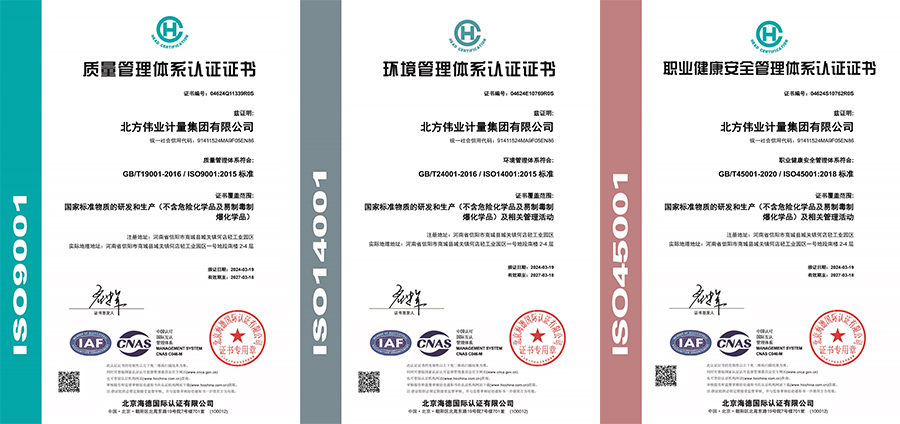TPH in Soil
Catalog Number:SQCI-140
Matrix: Solid Matrix
Hazards: Irritant
Analyte:non-Polar Extractable Material (TPH)
Study Mean (mg/kg) 1997
Certified Concentration (mg/kg) 2360±22.0
Acceptance Limits (mg/kg) 1010-3800
This certified reference material (CRM) was manufactured by NSI Lab Solutions fllowing quality procedures meeting the requirements of ISO 9001, ISO 17025, and ISO 17034. Acceptance limits are set at current NELAC standards. The study mean is set at the mean of an interlaboratory proficiency testing study with outlier rejection. This CRM is intended to be used to validate analytical methods, for detection limit studies, and analyst proficiency testing.
Storage & Instructions For Use
Required storage condition is 2-8°C.
Mix well prior to sampling.
This soil CRM is to be extracted and analyzed using an appropriate extraction and analytical method for TPH.
No particle size reduction is necessary.
Using the selected extraction technique and analytical methods, determine the concentration of TPH in the sample and report your results as mg/kg on a dry weight basis.
Do not correct the analytical results for matrix spike recovery.
Traceability Information
Analyte Source Materials: The highest purity analyte source materials are used in the manufacture of this sample.
Analyte source material purity and associated uncertainty has been analytically verified against appropriate NIST SRMs,
Balance: All analytical balances are calibrated on a semiannual basis by an ISO 17025 accredited calibration laboratory and are traceable to NIST. Traceable Calibration Certificate available upon request.
All balances are checked daily by an in-house standard operating procedure. The weights used for this daily verification are calibrated annually by an IsO 17025 accredited calibration laboratory and are certified traceable to NIST. Cerificate of Calibration and Traceability available upon request.
Thermometer: All thermometers are NIST traceable through thermometers that are calibrated annually by an ISO 17025 accredited calibration laboratory.
Glassware:All glassware used in the manufacture of our samples is Class A. An in-house standard operating procedure is used to verify all glassware prior to it being placed into service. Volumetric pipetors are calibrated every four months by an ISO 17025 accredited calibration laboratory.
Homogeneity/tability/Expiration
This CRM was thoroughly mixed in production. Batch homogeneity was established through analyses of samples chosen at random. The stability of this CRM is based on short-term and long-term monitoring of the certifed concentration. The expiration date is guaranteed to be valid from the manufacture date and is based on results of long-term monitoring.
Uncertainty
The±uncertainty associated with the certifed concentration is the expanded uncertainty at 95% confidence interval (CI) with K=2. This expanded uncertainty incorporates contributions from manufacturing, homogeneity, and stability.
注:以上信息仅供参考,以产品附带证书为准。









